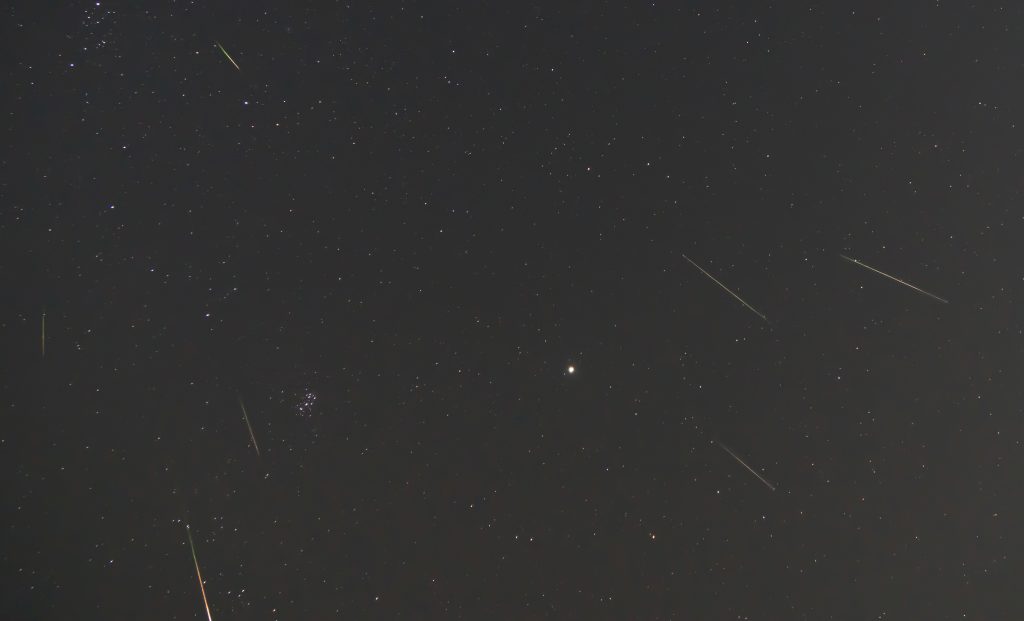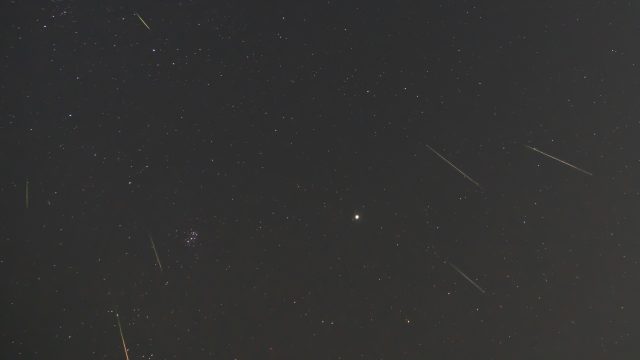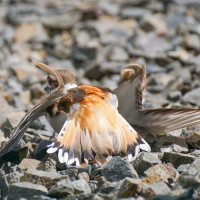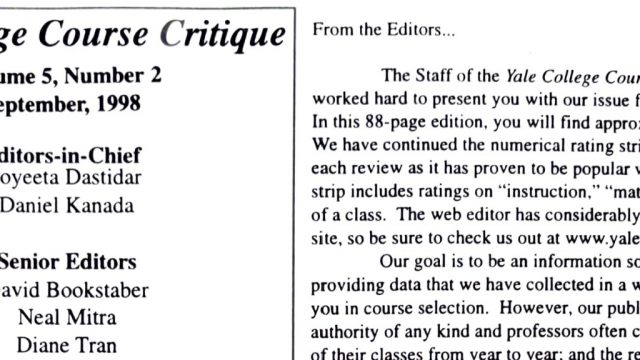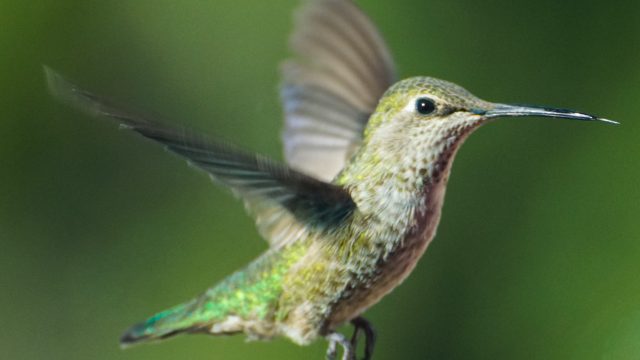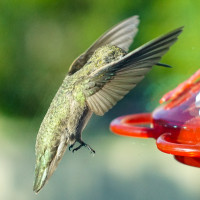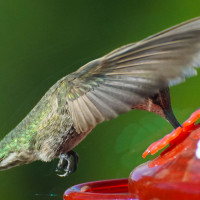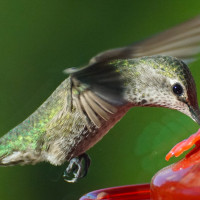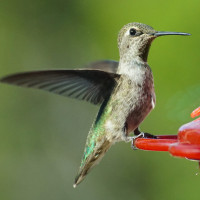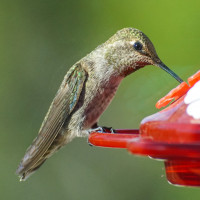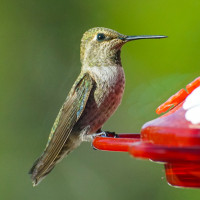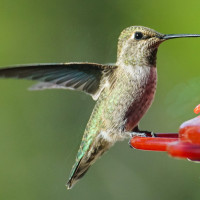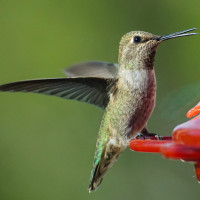I survived a relationship with a woman – who I’ll just refer to using the generic name Alice – with borderline personality disorder (BPD). I had never heard of this, and I had no idea how dangerous BPD can be to a romantic partner. Here’s an excellent article about borderline personality. Or watch forensic psychologist Shannon Curry testify about BPD in the Depp v Heard civil trial: When I saw that I thought, “OMG, she could be talking about Alice.”
Before I met Alice, I had a general notion that women can be emotional and irrational and that was just part of life. (Note: BPD is primarily diagnosed in women.) So when Alice began to exhibit those behaviors I figured, “Yeah, she’s a little extreme, but you have to take the bad with the good.” A particularly dangerous part of BPD is the fear of abandonment: Once triggered, that fear would send Alice into a desperate rage. When Alice became violent I would try to retreat to defuse the situation. But in BPD, a partner retreating triggers the fear of abandonment, and in those episodes Alice would do anything possible to prevent me from escaping her presence. I bear scars from her grabbing and clawing at me. She would hide my keys to prevent me from driving away. More than once, she literally tore my shirt off as I tried to flee on foot. After I escaped, she would text and voicemail me the most horrific threats she could conjure.
And then, some hours later, she would recover and would be effusively apologetic. After too many of these incidents I told Alice that if it happened again that would be the end of the relationship. She contritely accepted that ultimatum. Her behavior had become so threatening that I also said that I needed some failsafe to protect her and myself in case it did happen again. To that she said, “Look, it’s the fear of you leaving in that moment that really makes me see red. You’re a big guy, so just restrain me until I get over it. If you don’t leave I’ll calm down quickly.”
She went several months without an incident. And then, one night, she flipped out again. So I tried to restrain her. I had 50 pounds and 8 inches of height on her. How hard could it be? It turns out that even a relatively small woman in a rage takes an enormous effort to physically contain. I didn’t want to hurt her, so I held her wrists so that she couldn’t claw me. Then I sat on her hips so she couldn’t kick me. Then I held her from behind so she couldn’t bite me. (I was almost certain that one bite to the back of my neck had broken my skin and I would have to go to a hospital for intravenous antibiotics.) After at least half an hour of this she was still enraged and fighting, and I began to doubt my strength to continue protecting myself (and her, since her tirade of threats included all manner of self-harm). Then I remembered that I had recently bought handcuffs to use in photos that I do of firearms (like these). With considerable effort, I maneuvered us to the room where those were stored and eventually got her hands loosely cuffed behind her back. That did not dissuade her at all. She came back at me, so I ran to the bedroom, got her on the bed, and straddled her thighs while keeping her head far enough away that she couldn’t bite me. I begged her to stop, cajoled her to snap out of it, tried to reason with her; but her verbal and physical assault continued for hours. I finally accepted that her suggestion that she would calm down if I didn’t leave was not going to work. So I gave up on that idea: I got her on her stomach, removed the handcuffs, and ran to my office. She was hot on my heels and I barely got the door closed. Then she began ramming the door. I braced my back against the door with my feet pushing against a heavy desk. She actually managed to pound the door latch through the strike plate, and I began to worry that I couldn’t keep her out since it was then just the weight of me and this desk on a slick wooden floor opposing her attack on the door. And then … she got another idea: Alice called the police.
Police showed up to find a woman freely roaming my house and saying that I had locked myself in my office, where I had a bunch of guns. They called out to me and I thought, “Well at least now she’s their problem.” Ha! Never underestimate the ability of police to make a bad situation worse. They ordered me to come out with my hands raised. I emerged as instructed to find two cops pointing their Glocks at me with their fingers on the triggers. I complied with their commands and was promptly and tightly handcuffed and sat on a chair. I described what had happened. I was bleeding from bites and scratches to my face, neck, and arms. Alice had no visible injuries. So did police conclude that I should be taken to a hospital and Alice should be referred to mental health professionals? No. The police decided that I should be arrested and jailed while Alice should be taken to file for a restraining order against me.
This was the beginning of an outrageous experience with the criminal justice system, which I might make into a series. Suffice it to note for now: BPD can be extremely dangerous to a partner. And a woman, no matter how small, can inflict serious physical injuries on a man – particularly when he is unwilling to injure her in his defense.
